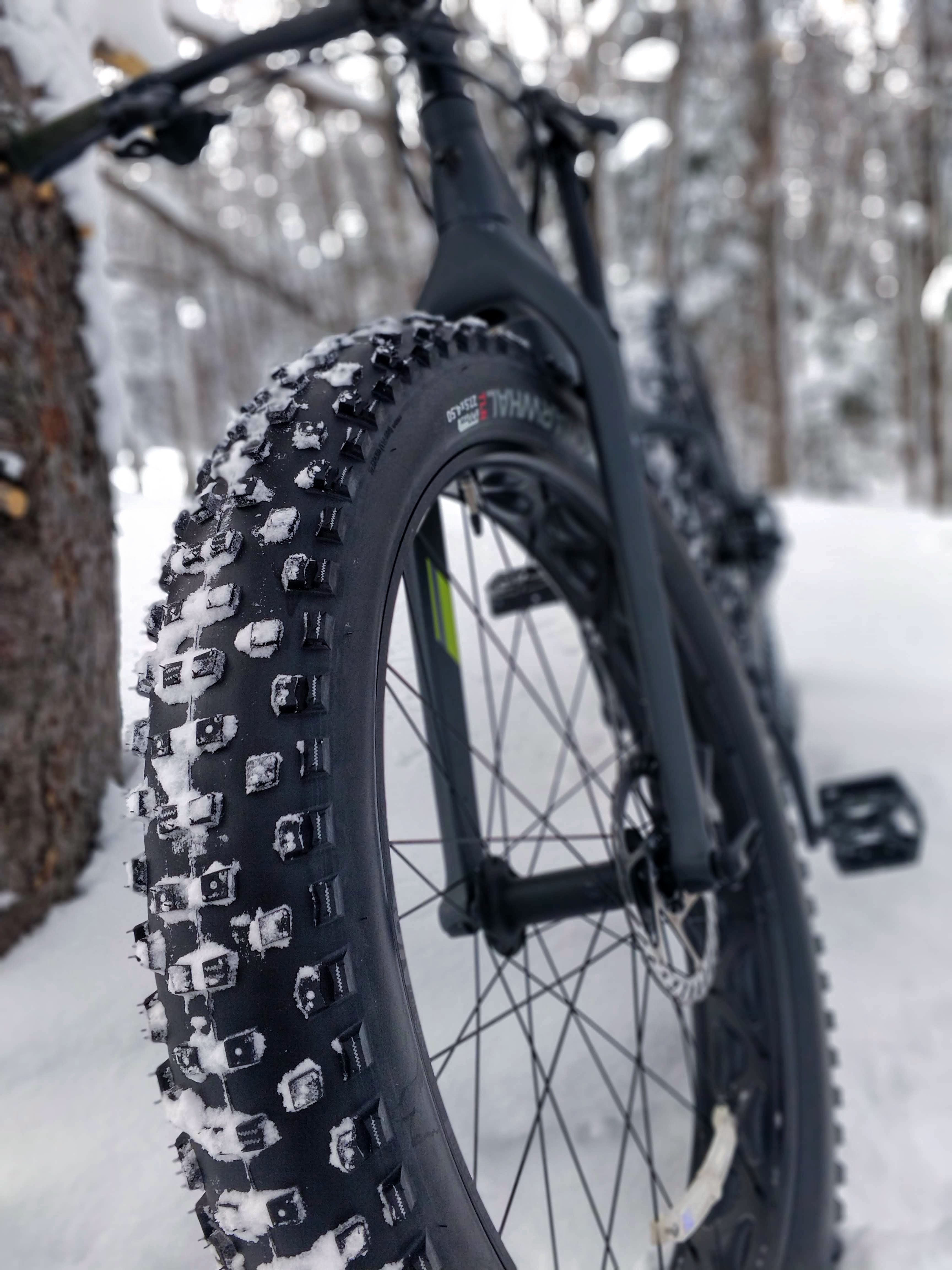
Winter is well and truly here. With snow swirling to start November, huge swathes of the country are expected to see record-breaking low temperatures well before Thanksgiving, and schools in the upper Midwest have already had a snow day. But how does all this frigid weather affect your riding?
On frozen ground, groomed trails, or even hitting the open road, cycling is a sport that’s best enjoyed with warmer weather. The biggest thrill of the sport, the speed, is what makes it harder to do once the temperatures take a nosedive, and that’s a big reason why you see even the most die-hard cyclists run, ski, snowshoe, or do nearly anything else to avoid the biting windchill that comes with going fast in the cold.
No matter what sport you’re doing, there’s a line that makes any activity counter productive. Fortunately, that cold weather line is a lot colder than you think. Experts agree that most people can exercise in temperatures as low as minus 18 degrees Fahrenheit. It’s around that point that the cold begins to affect your body’s basic functions such as heart rate, blood circulation, and hinder the ability of your mouth and nose to warm air enough before it hits your lungs. Additionally, temperatures in that range change how effective your body moves, redirecting blood that might normally used to move oxygen to your muscles, lungs and instead focused on warming your extremities or core. In effect, your body stops exercising and starts surviving.
A big part of exercising efficiently in the cold is dressing appropriately. Layering smart, avoiding getting wet, and keeping your hands and feet warm are vital to getting something out of your outdoor efforts. And that effort? Make sure it’s the right one. White-hot intervals might be best left to the smart trainer because while the intense efforts might get your body temperature up, the rest intervals will see you sweaty and cold. If you’re riding outside, long, steady efforts that avoid rest intervals and high speeds may actually be the best use of your time. That means two or three hour Zone Two rides that avoid hills (the descents can be frigid!) are perfect for burning fat with freezing.
Winter isn’t the time to expect to see your fastest times or toughest workouts. Watch for ice, watch for narrow shoulders, and always keep checking in with your body to see if the cold is starting to add up on you. If it’s below, say, 25 degrees, consider running or skiing rather than face the windchill associated with going 15 mph or more on a bike. Learn to dress for conditions, and understand what you want out of your workout. Intensity indoors, endurance and adventure outdoors...and some days, staying in isn’t the worst thing in the world.

